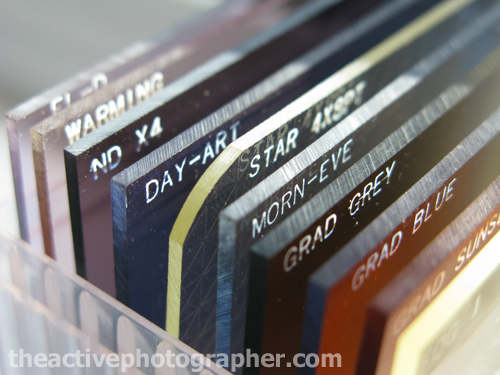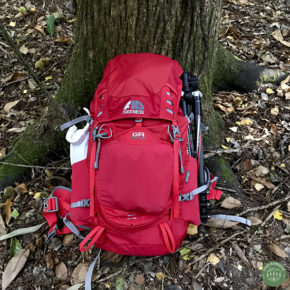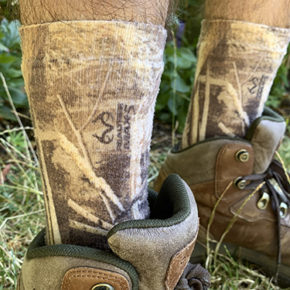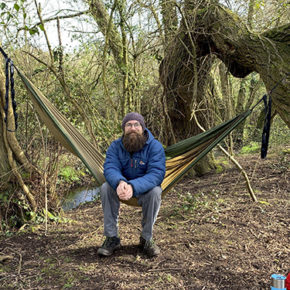Whenever I get asked about which gizmos and gadgets I typically carry in the ol’ camera bag, my thoughts immediately turn to something photographer and tv presenter Chris Packham once said in his 1991 tv series, Wild Shots.
He referred to things like special effects filters as ‘photographic jewellery’… and in so doing, made a very good point. Now don’t get me (or him) wrong – there’s a time and a place for filters of all kinds…
But what Chris was getting at is that many enthusiast photographers (as well as many professionals) are all too quick to throw their hard-earned cash at such things, thinking that using them will enable the creation of superbly striking and original pictures. Whilst this may harbour a degree of truth, these little pieces of glass or resin should not be seen as picture-saving devices. The use of filters should be a very thoughtful and selective process; they should be employed sparingly.
So what do the pros use? Well, it’s not unusual for a photographer to carry about set of coloured graduates and a polarizer as standard. Aside from these… well… that’s a matter of personal preference.
I’m not a big fan of filters. That is to say, I don’t use them a lot. My set of grads has remained in its storage box for many years, and the polarizer only sees the light of day when I have specific images in mind for a particular shoot. And before you say it, no I don’t turn to Photoshop instead (come on, people, this is me we’re talking about!).
I’ve had a lot of discussion with a number of people via Twitter and Facebook and in the ‘real world’ in the past week or so who, through no fault of their own necessarily, are under the impression that owning multiple filters, gizmos and gadgets is somehow a prerequisit to being a great photographer.
It’s a curious thing, and I suppose this has a lot to do with the forces which drive the consumer photography market; the advertisers who push a message home so thoroughly that people start to believe it – they do a great job! I find this very frustrating, and I truely feel sorry those people who are all-too-quick to part with their cash.
So here’s my parting message. As ever, get to know your camera. Get to know how light changes colour, mood, contrast and skin tones before you go spending. There is so much you can do in-camera, so many effects which can be acheived without the use of a stack of fancy add-ons. Learn your craft through trial and error, see what works and what doesn’t.
You never know, the results just might take you completely by surprise.








Excellent article Mr Babbidge Sir! It’s a privilege working with someone that shares values like these and supporting #getitrightincamera
Thanks very much, Will. Absolutely – shared values are very important. But even so, I really do think a great many photographers would benefit from a little education about the ease (and indeed benefits) of getting their pictures right in camera, rather than relying on technology to bail them out of a situation.
I totally agree with this article, I often hear other photographers saying Photoshop will sort that out when referring to an image. I’m self taught and constantly learning every day. I only use Photoshop or lightroom to remove scars or blemishes and that’s about it. I don’t have the time to spend hours repairing photos from a shoot that should of been taken correctly in the first place.
Elie
It’s an interesting (and unexpected?) development of digital, I think, that photographers have somehow ditched the idea that knowing one’s craft is the key. Sounds obvious, right?
I, too, am self taught. When shooting film, I had to get the picture right at the time of capture – there was only once chance to get it right – so why should that be any different now, just because the light-sensitive surface has changed?
Is it now too easy to make a mistake and get away with it? Does this luxury of rescuing images after the event mean the doors are open to more bluffers? Maybe, but at the end of the day, a client/viewer will always recognise a skilled, proficient photographer when they see one.
I think my Dad had a bunch of filters when he had his 35mm SLR Camera when I was growing up. We both have the same model DSLR now (I think his is a slightly newer spec as his takes SDHC cards whereas mine doesn’t which is fun!).
I tend to shot all my pictures in colour that way I can tweak colours etc using the computer and still have the full colour version to go back to if it’s not quite right or I need the original. I do sometimes shot in B+W but colour and change is better – or at least I have found that is better I could be wrong.
Hi Hannah,
You’re quite right to shoot in colour, as by selectig the B+W option the camera essentially degrades the picture at the taking stage (it is removing the colour of detail, after all). For the absolute best quality original files, you should be setting your camera to the RAW setting, if possible (assuming you aren’t already).
Correcting colour at the computer stage is all very well, but remember that ‘getting it right in camera’ also takes colour into consideration, too – and there are settings for this, which can be adjusted according to the scene you’re photographing.
If you’re going for the ‘natural’ look in your pictures, this can easily be acheived in-camera (with a little experimentation and practise). If, however, you’re wanting to exaggerate colours, then yes, bringing the computer into play can be useful – although it has to be said that a lot of interesting effects can be created at the time of taking, too!